Is there an example/resource/article which describes this for Neo4j or
any other graph db?
Here is an excellent article from Ian Robinson blog about time-based versioned graphs.
Basically the article describes a way to represent a time-based versioned graphs adding some extra nodes and timestamped relationships to represent the state of the graph in a given timestamp.
The following image from the referenced article shows:
- The price of
produc_id : 1 has changed from 1.00 to 2.00. This is a state change.
- The
product_id : 1 is now sold by shop_id : 2 (and not by shop_id : 1). This is a structural change.

Do you think my requirement can be inherently met using a Graph DB?
Yes, but not in an easy or "natural" way. Versioning a time based model with a database that don't offers this functionality natively can be hard and expensive. From the article:
Neo4j doesn’t provide intrinsic support either at the level of its
labelled property graph model or in its Cypher query language for
versioning. Therefore, to version a graph we need to make our
application graph data model and queries version aware.
and
versioning necessarily creates a lot more data – both more nodes and
more relationships. In addition, queries will tend to be more complex,
and slower, because every MATCH must take account of one or more
versioned elements. Given these overheads, apply versioning with care.
Perhaps not all of your graph needs to be versioned. If that’s the
case, version only those portions of the graph that require it.
EDIT:
A few words from the book Graph Databases (by Ian Robinson, Jim Webber and Emil Eifrem) about versioning in graph databases. This book is available for download at Neo4J page:
Versioning:
A versioned graph enables us to recover the state of the
graph at a particular point in time. Most graph databases don’t
support versioning as a first-class concept. It is possible, however,
to create a versioning scheme inside the graph model. With this scheme
nodes and relationships are timestamped and archived whenever they are
modified The downside of such versioning schemes is that they leak
into any queries written against the graph, adding a layer of
complexity to even the simplest query.
This paragraph links the article indicated in the beginning of this answer.
